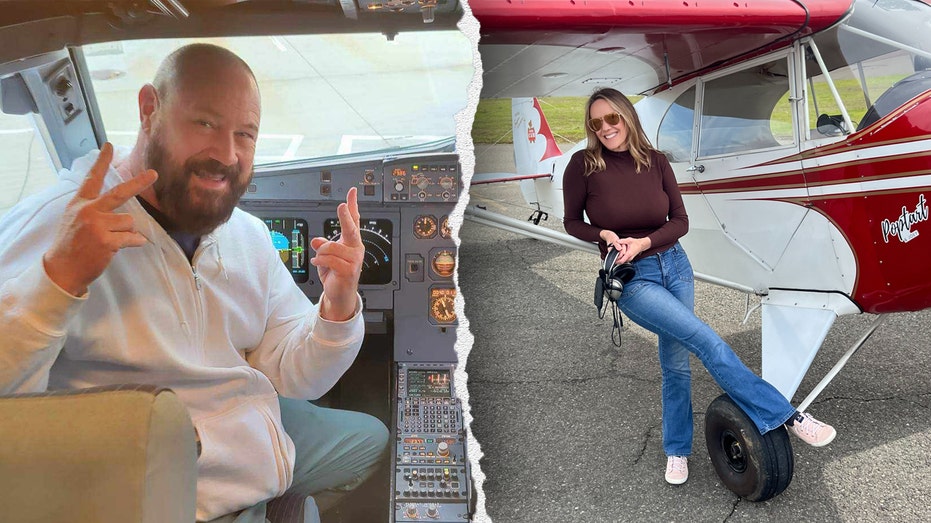Facing Fear: Aerophobic Man Turns Anxiety Into a Mission to Help Nervous Flyers

Sarah Johnson
March 2, 2025
Brief
Flight Deck flash cards help nervous flyers overcome aerophobia by understanding flight safety and mechanics, with expert advice emphasizing education, preparation, and aviation’s strong safety record.
For anyone who’s ever gripped an armrest like it was a life preserver during takeoff, Brian Morris of Salt Lake City, Utah, has a message: flying is safe, and you can overcome your fear. A lifelong aerophobic, Morris has turned his anxiety into action with the creation of "Flight Deck: Fear Of Flying Flash Cards", designed to help jittery passengers calm their nerves by understanding the mechanics of flight and the safety of air travel.
Recent airplane incidents have understandably caused a spike in Google searches for terms like "Is it safe to fly?" According to Cleveland Clinic, more than 25 million Americans suffer from aerophobia, often triggered by news of plane crashes, turbulence, or even the nerve-racking moments of takeoff and landing. Morris acknowledges that these fears are valid, especially in an era where videos and reports of aviation mishaps dominate the news cycle. However, he stresses, "Statistically speaking, flying remains one of the safest modes of transportation."
Commercial pilot and psychotherapist Michaela Renee Johnson echoes this sentiment. "Fear is natural," she says. "It means your body and brain are working as intended." Johnson, who has faced two in-flight emergencies herself, understands the hesitation some people feel about flying. Yet she believes that fear, while rational, can be overcome through education and deliberate action. "The way we tackle fears is by assessing the risk, understanding the safety — and then choosing to move forward anyway," she explains.
For Morris, the key is preparation. He recommends nervous flyers educate themselves about the aviation industry, learn how airplanes operate, and adopt practical techniques like breathing exercises, mindfulness, and visualization. He also suggests imagining the joy of arriving at your destination and surrounding yourself with supportive friends or family who can provide encouragement.
Johnson highlights the resilience of the aviation community, describing it as a network of professionals deeply committed to safety. "You should have a lot of faith in the people operating these aircraft," she asserts. "Their mission is to get every single one of you home safe." She also notes that recent aviation mishaps may lead to important changes within the industry, ultimately making flying even safer.
Both Morris and Johnson agree on one thing: fear shouldn’t prevent anyone from experiencing the world. "Stay informed, stay calm, and keep flying," Morris advises. Johnson adds, "I hope people continue to enjoy the gift of aviation because it really is amazing, spectacular, and wonderful."
Topics
Editor's Comments
Brian Morris turning his fear into a tool for others is both inspiring and a little poetic—fear, meet innovation. I love how he reframes the terrifying unknown of flying into something manageable. And Michaela Renee Johnson’s reassurances about the aviation community? A well-timed reminder that the people in the cockpit are just as eager to land safely as we are in the back. It’s a good day when fear gets put in the co-pilot seat where it belongs.
Like this article? Share it with your friends!
If you find this article interesting, feel free to share it with your friends!
Thank you for your support! Sharing is the greatest encouragement for us.



